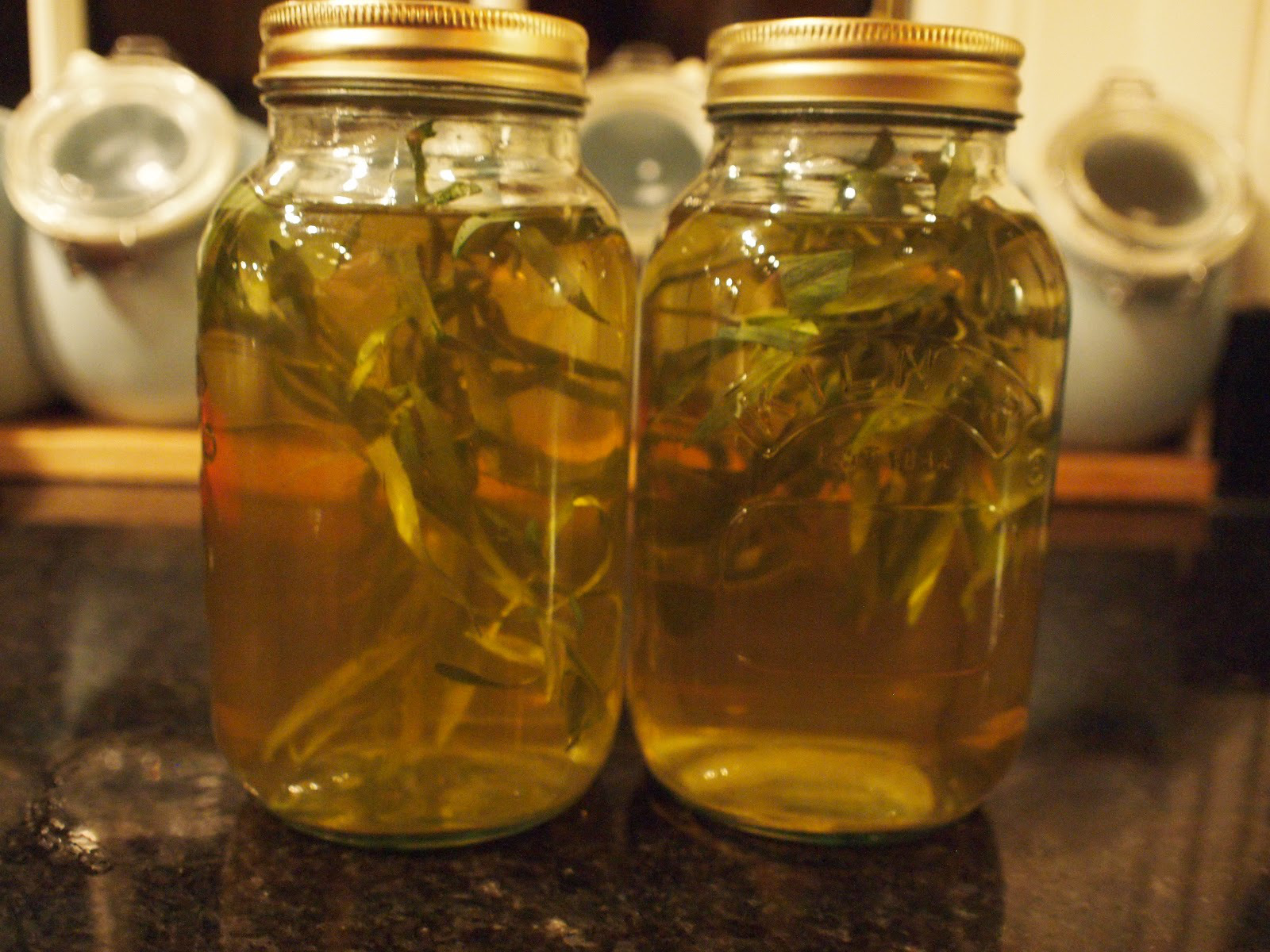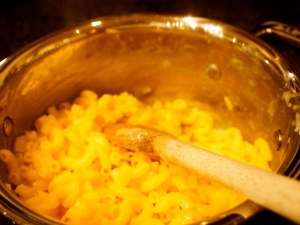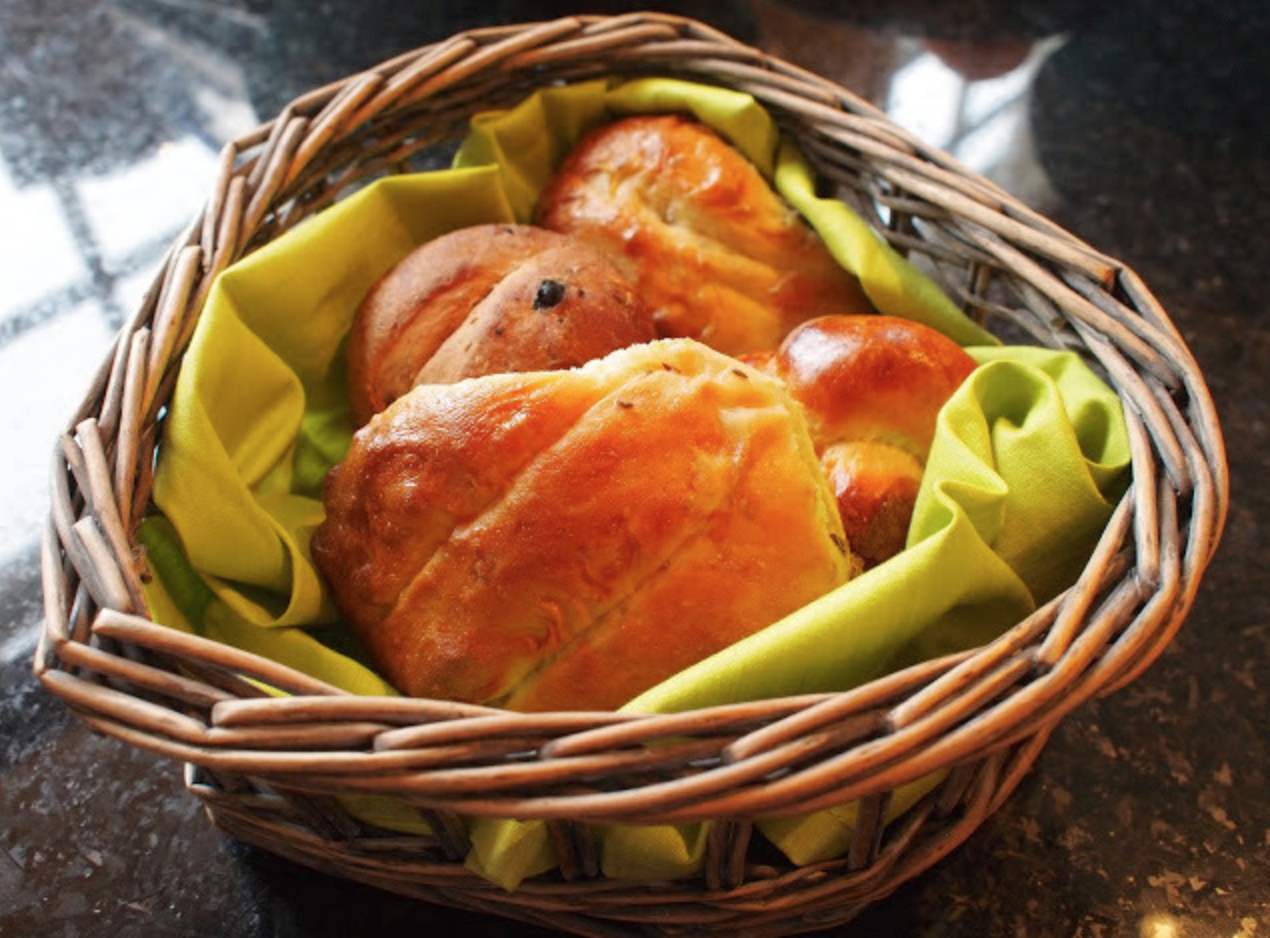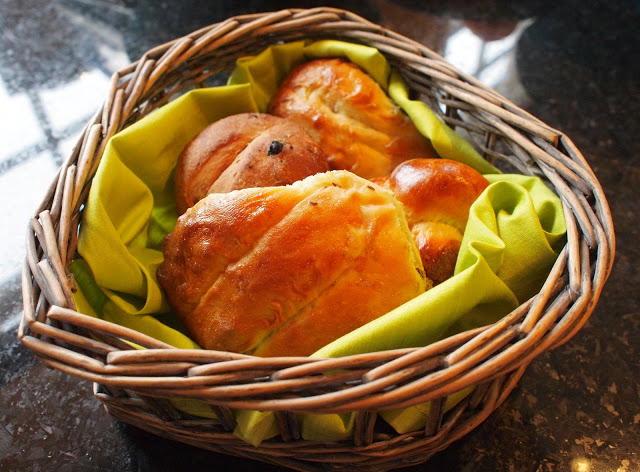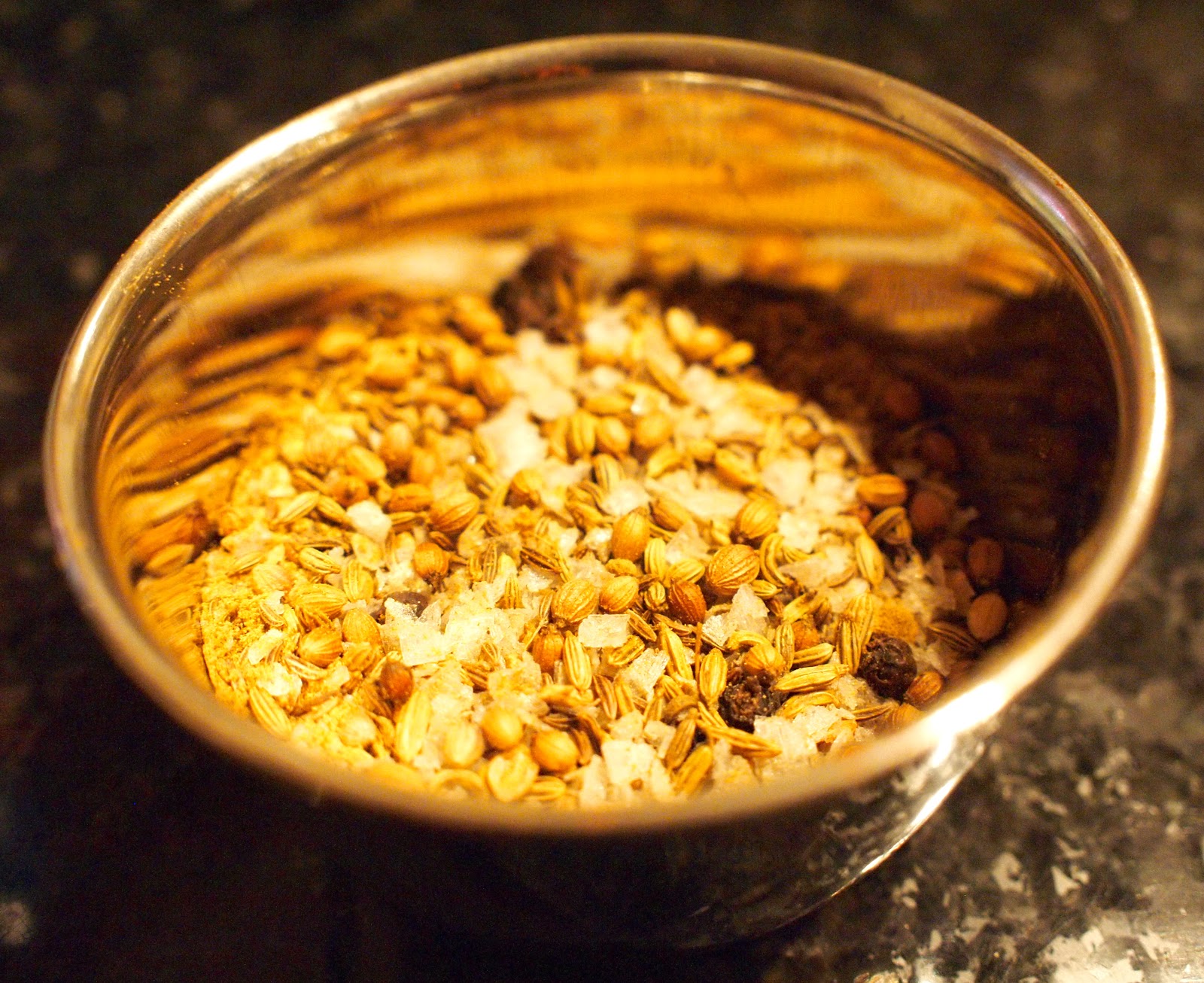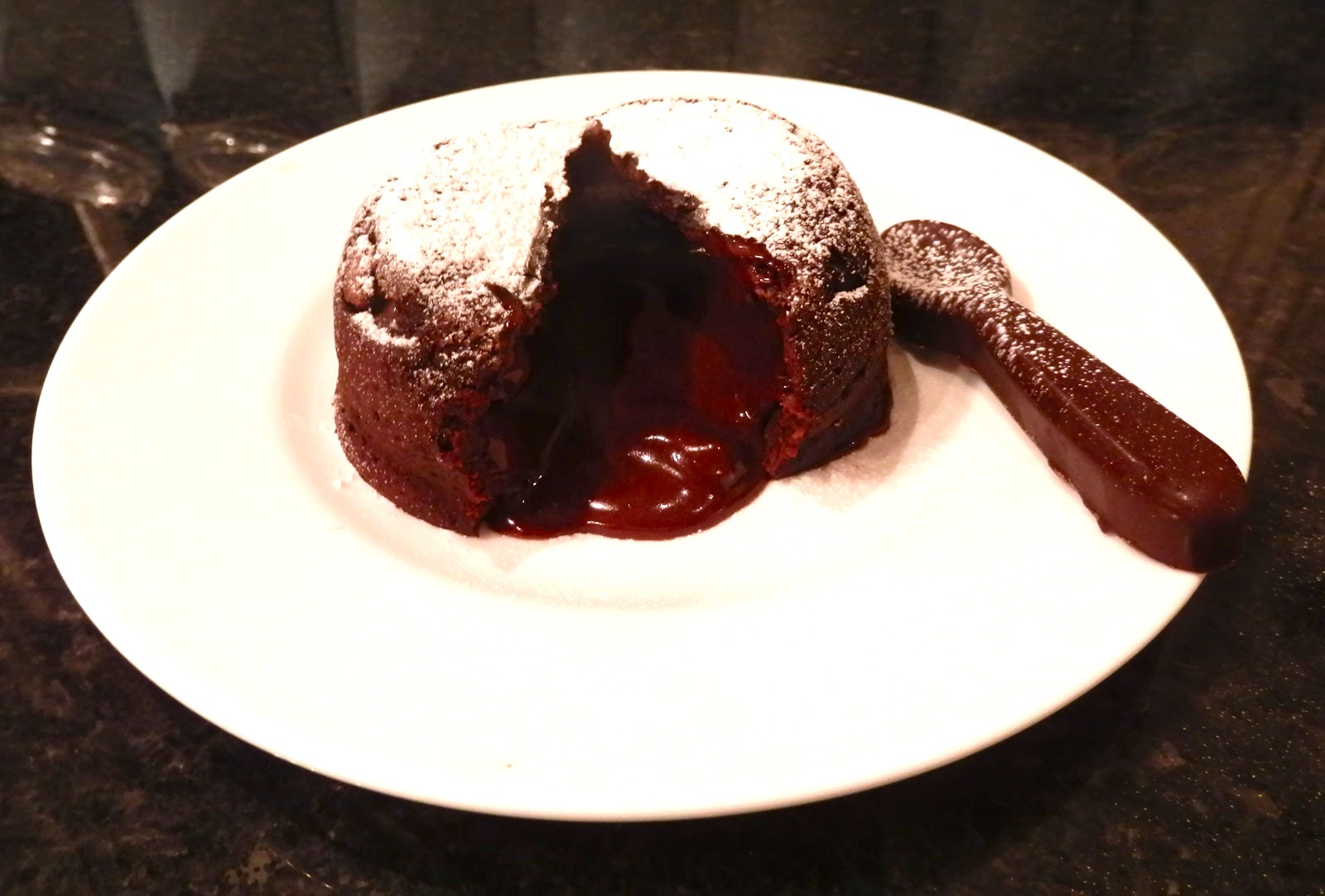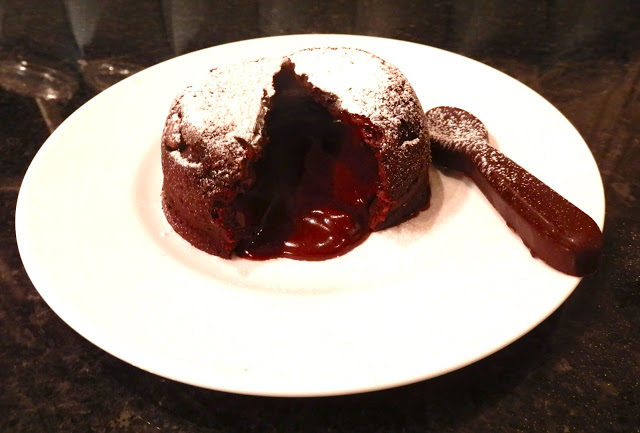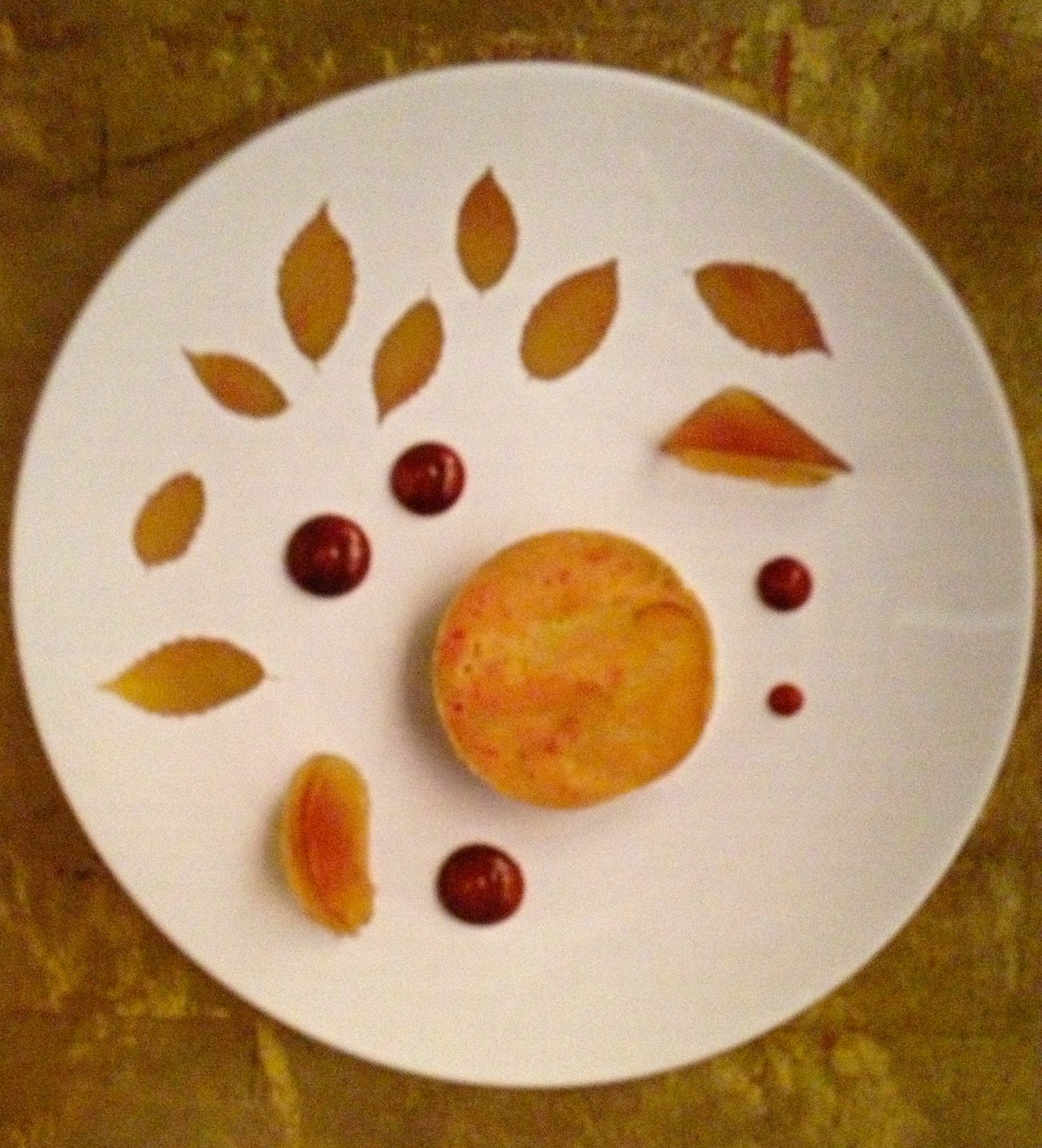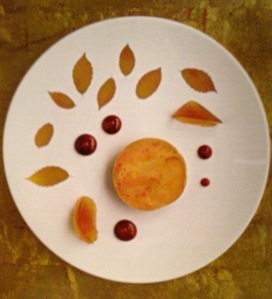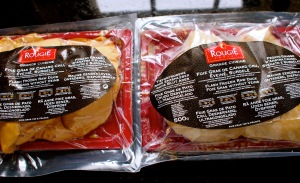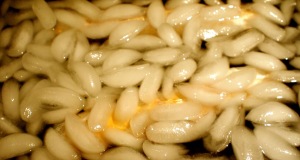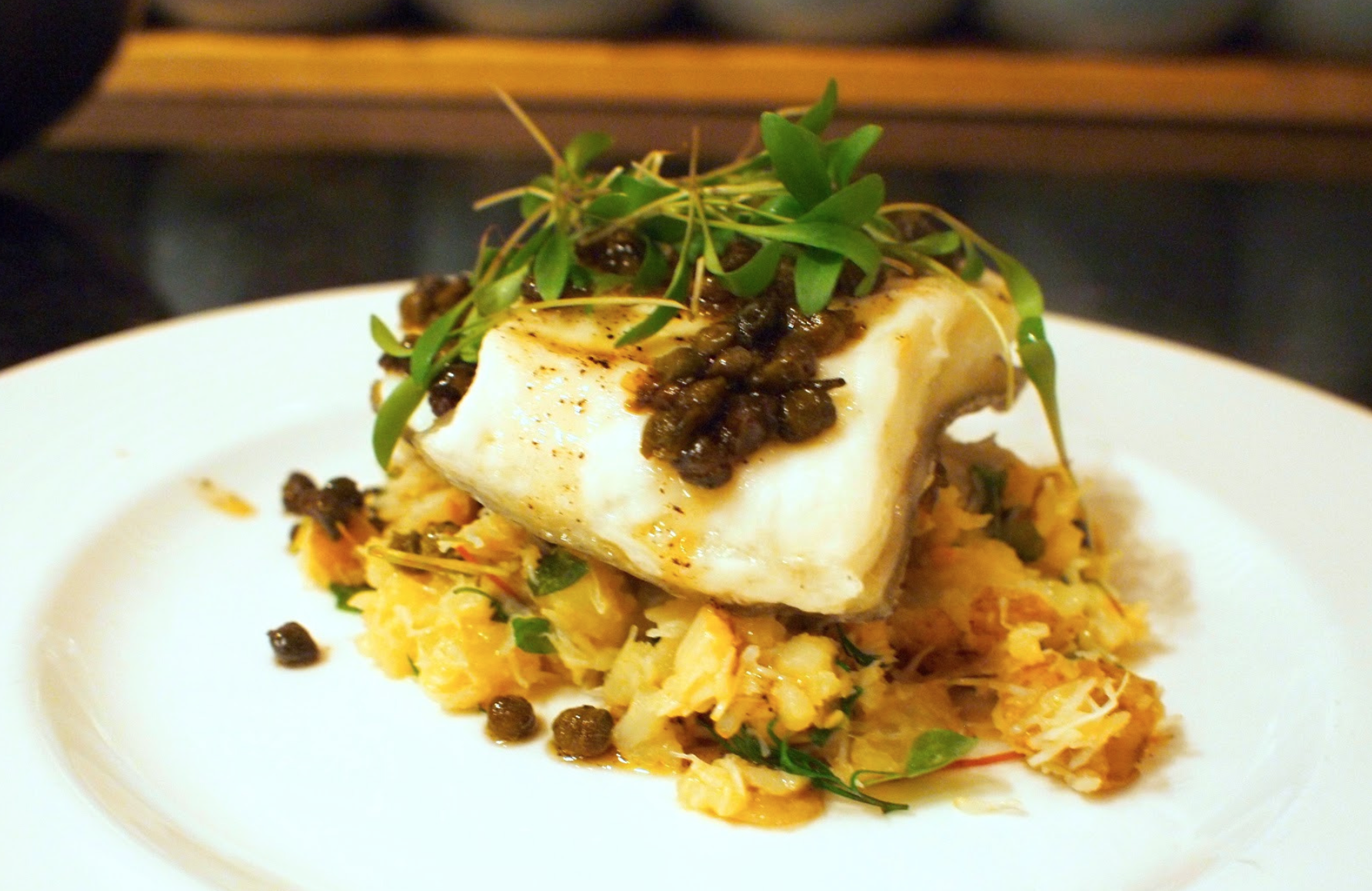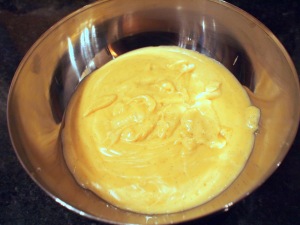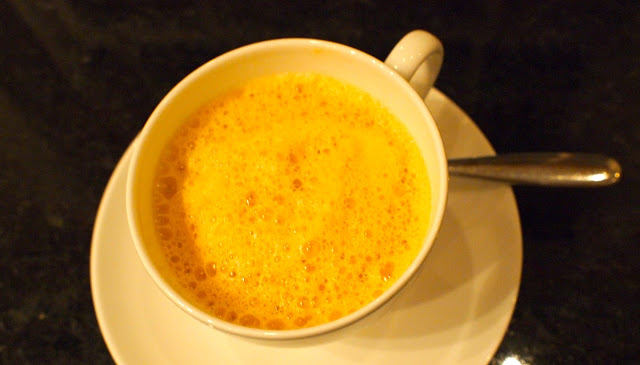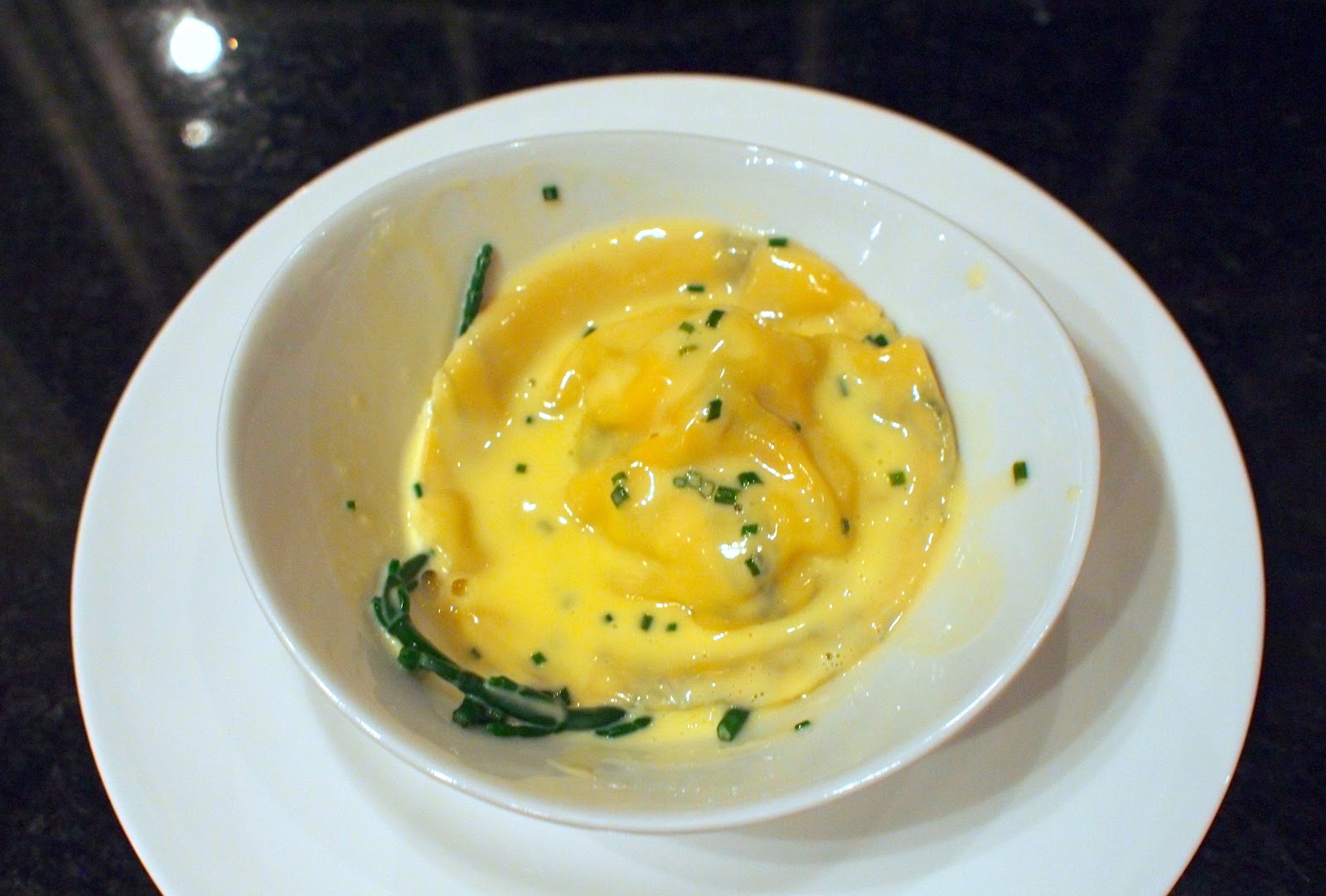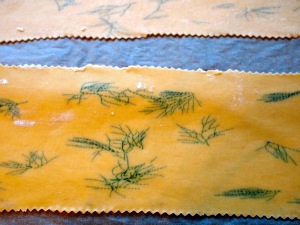There are conventionally five mother sauces, of which hollandaise is the probably the richest, with it’s combination of egg yolks and melted butter. I’m not always massively fond of hollandaise, as it often lacks flavour beyond the butter. However I absolutely adore a number of variations, especially blood orange hollandaise (Maltaise sauce), beurre blanc, and most particularly béarnaise sauce, with its fragrant addition of tarragon.
Béarnaise is generally made by reducing down a number of key ingredients common to Hollandaise (shallots, white wine vinegar, and tarragon stalks). However most restaurants make much better Béarnaise than we can at home, because they have the time to increase the intensity over a longer period of time. Where we’re reducing down those three key ingredients, most chefs I know actually use their own reduction which is made in batches in advance, and it often includes their own home-made tarragon vinegar – this really ups the flavour of the reduction.
With that in mind, I made some tarragon vinegar a couple of weeks ago, simply by heating some white wine vinegar and storing in a dark place with several sprigs of tarragon in the jar. After a couple of weeks, strain the liquid, and insert some nice new sprigs of tarragon.
A second consideration for me in developing this recipe is that I’m determined to make it in my Thermomix, as this is precisely what it’s so good at making!
One of my favourite chefs gave me his reduction recipe for beurre blanc, and this forms the basis of my Bearnaise recipe.
Reduction for Buerre Blanc, Béarnaise and Hollandaise
1 bottle of decent white wine (750ml)
500ml tarragon vinegar
1 bunches of tarragon stalks
1/2 bay leaf
Sprig of thyme
Peppercorns
7 sliced shallots
When you’re ready to make the relevant sauce, use approximately 200g of the reduction for six servings.
200g of the reduction
pinch salt
pinch black pepper
400 g butter
5 egg yolks
Preparation
- Put the shallot reduction into the Thermo and pulse for a few seconds
- Insert the butterfly and add remaining ingredients.
- Process at 80C, speed 3 for 6 minutes.
- Press through a fine sieve and serve.
I prefer my Béarnaise a little acidic – if you prefer a more buttery version, just keep adding butter until you reach a suitable flavour – and don’t forget to season the sauce!
